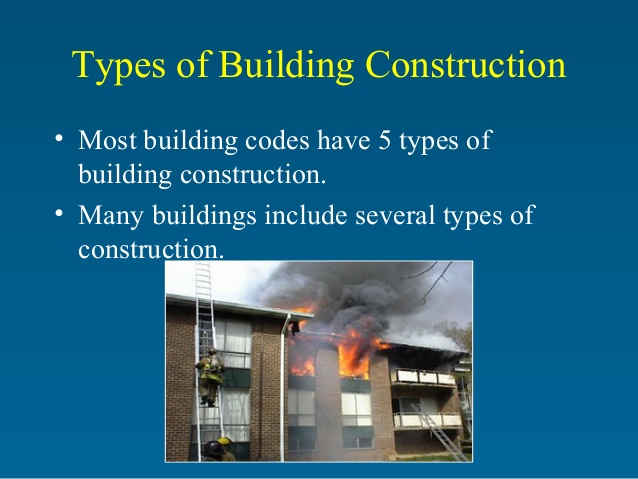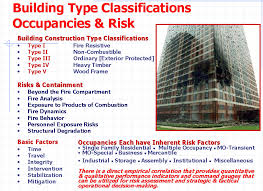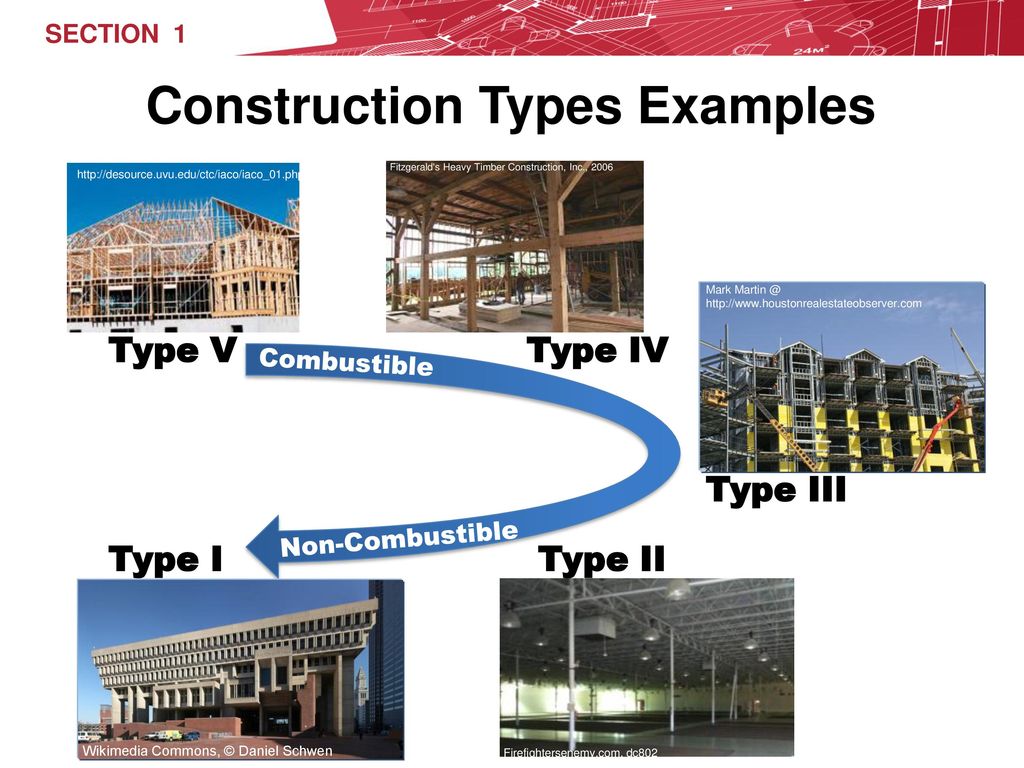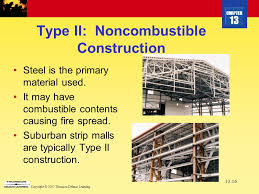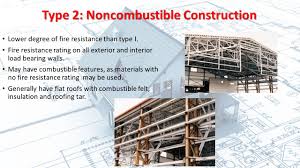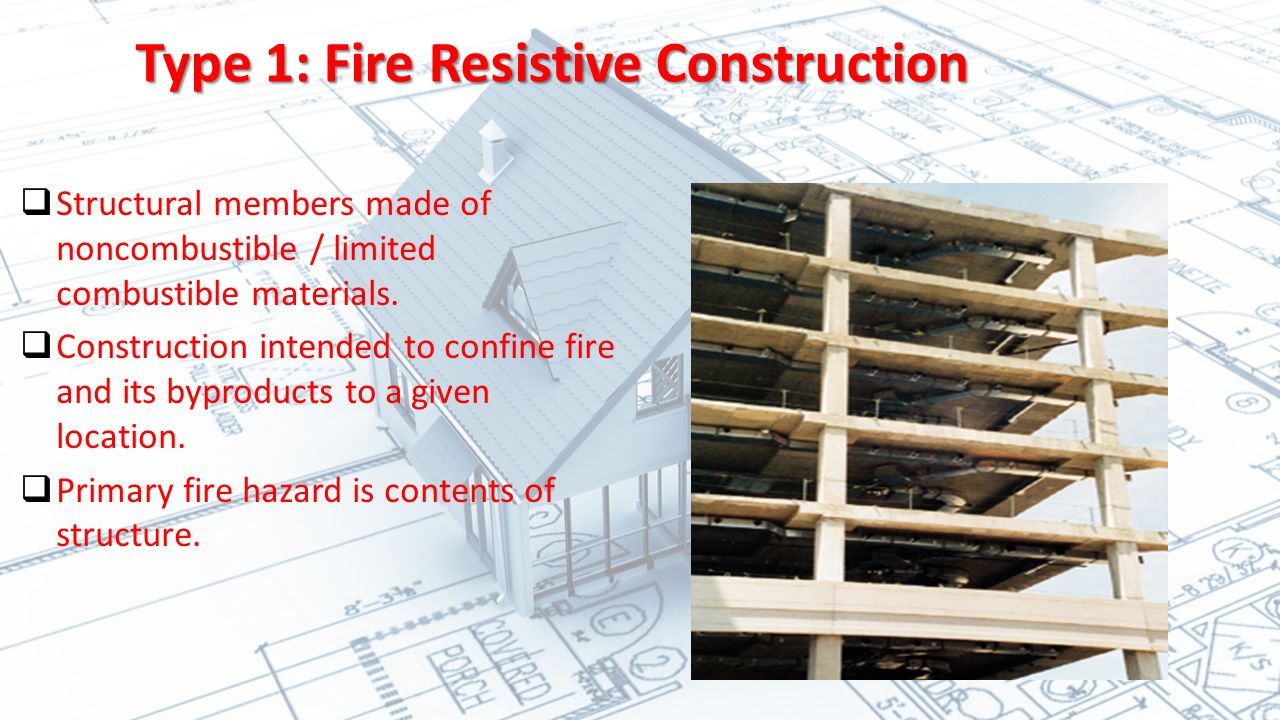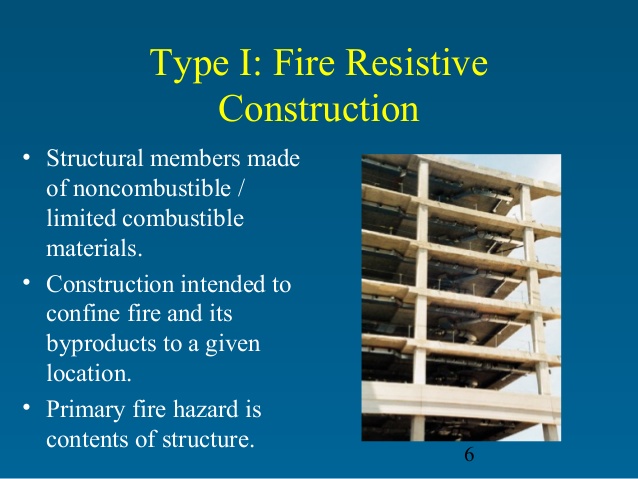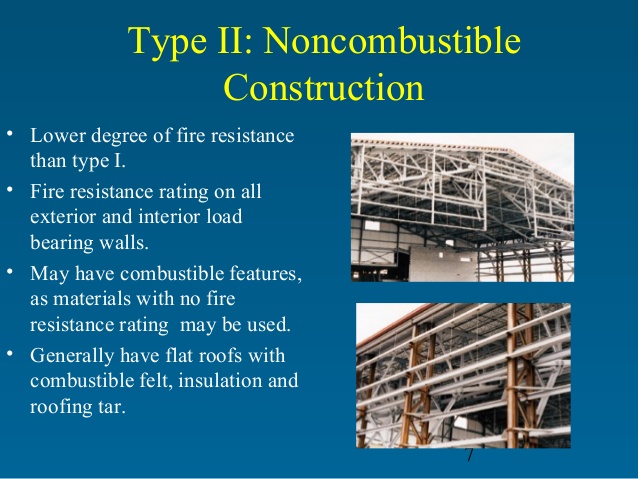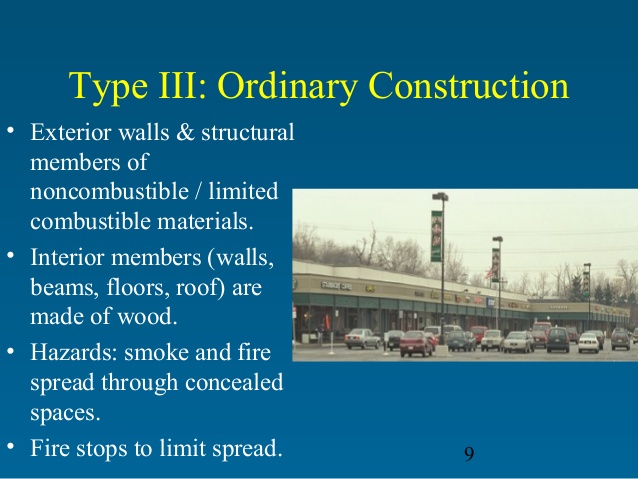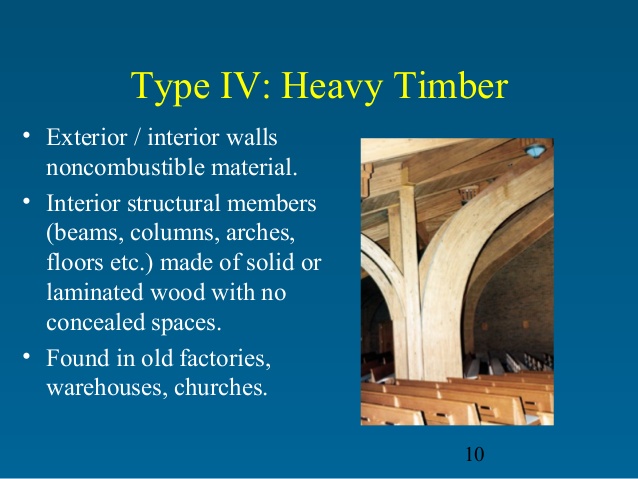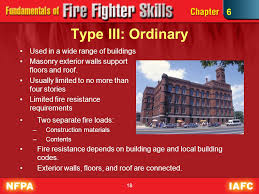The vast majority of building construction projects are small renovations, such as addition of a room, or renovation of a bathroom. Often, the owner of the property acts as labourer, paymaster, and design team for the entire project.A building is best identified during preplanning, but there are distinct features that will help firefighters identify the building type as they pull up on scene. There are also several diagnostic techniques that ladder companies can use when they’re up close and personal with a building.
Residential Building.
Institutional and Commercial Building.
Specialized Industrial Construction.
Infrastructure and Heavy Construction.
Buildings are broken down into five categories (Types 1–5), ranging from the stoutest of construction to that which will most likely fail rapidly when under fire conditions. Each building type has specific characteristics that ladder companies must be familiar with so that they are able to ventilate the building in the safest and most efficient way possible.Building construction types are truly the building blocks of how we operate on the fireground. By breaking structures into the five different building types, we can see the similarities and differences among them, and which factors influence how we ventilate different structures.
Also, one of the biggest hurdles to combat on the fireground is communication. If your ladder company can’t operate on the roof, the reason why should be immediately communicated to the rest of the fireground. The ability to ventilate (or not ventilate) a structure often drives the outcome of the fire attack. If ladder companies are unable to operate on top of the fire building due to collapse potential or inability to ventilate, then the incident commander will need to determine if interior crews should be operating inside the building at all.
Let’s now address what ladder crews should know about each building type.

